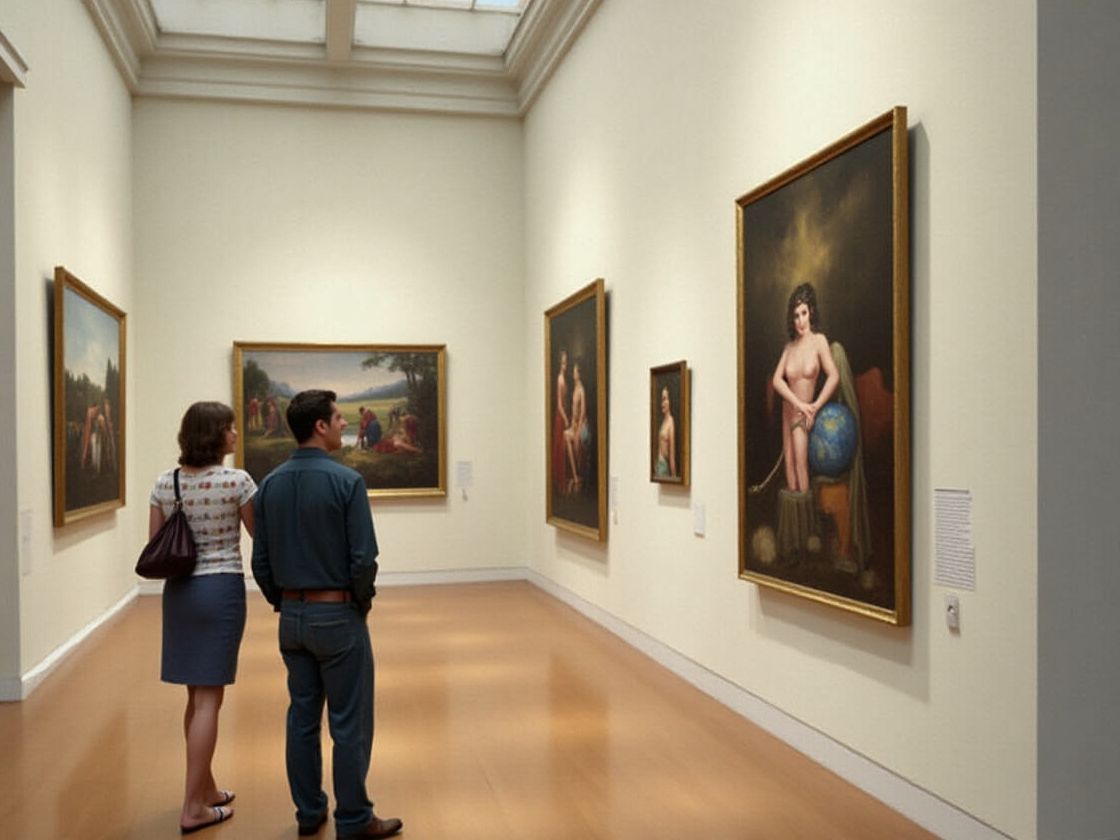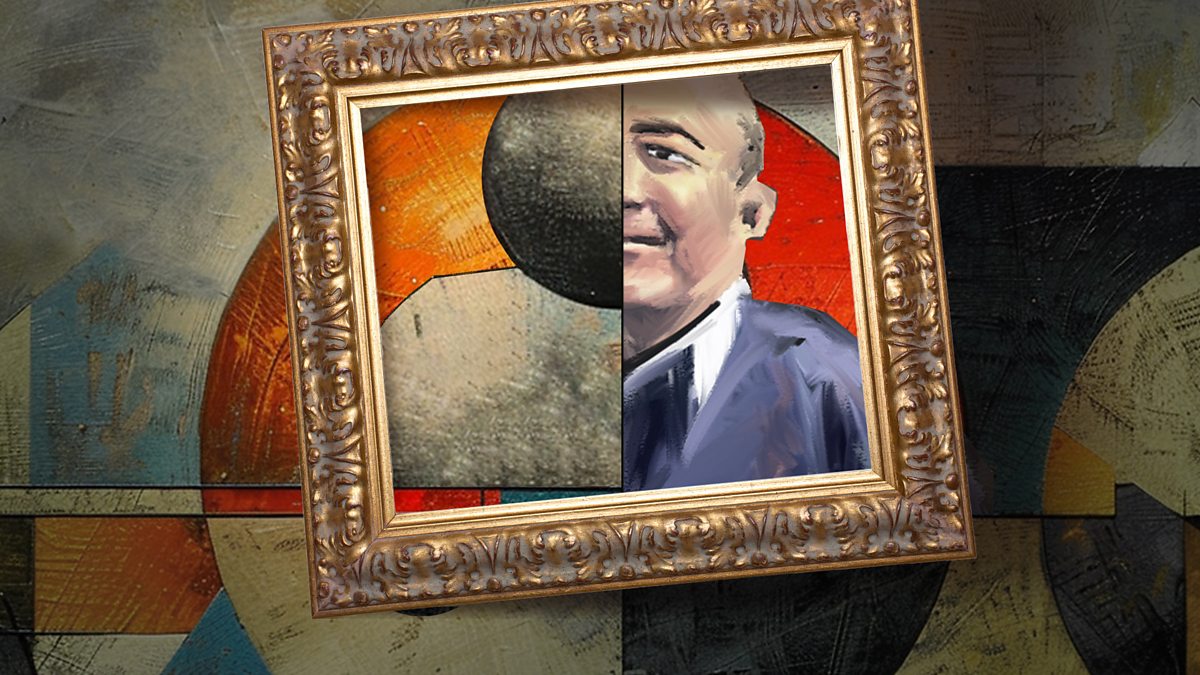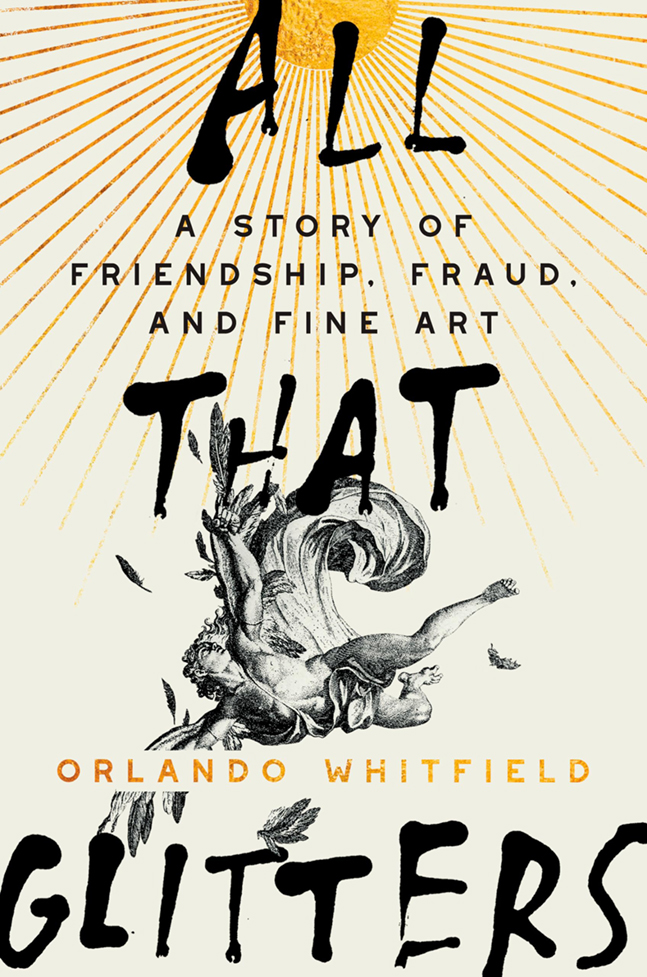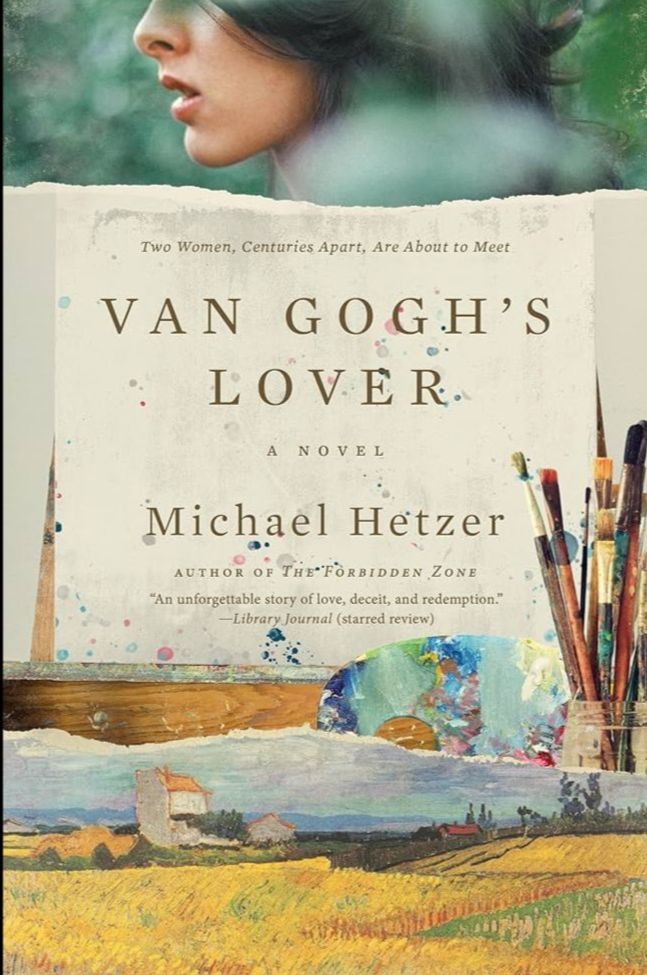
Cochran Arts specializes in facilitating these donations by preparing Non-Cash Charitable Contribution Appraisal Reports. Working closely with collectors and their financial advisors, we create USPAP-compliant documentation that meets all IRS requirements. These reports enable collectors to deduct the full appraised value of their donated artwork as of the transfer date, regardless of their original purchase price.

The Russian avant-garde market has also come under intense scrutiny. A recent BBC documentary, "The Zaks Affair: Anatomy of a Fake Collection," investigated one of the world's largest collections of Russian and Ukrainian modernist works. The investigation revealed fabricated provenances for many of the 200+ pieces attributed to artists like El Lissitzky, Liubov Popova, and Natalia Goncharova—works that had been sold to both private collectors and museums.
While provenance and exhibition history can significantly enhance an artwork's value and authenticity, some collectors have attempted questionable methods to establish such credentials. Take Ronald Wilkins, owner of a disputed Kasimir Malevich painting and chairman of CO2Bit. In an audacious move, he rented an event space at the Centre Pompidou in Paris solely to hang and photograph the contested work. This raises the question: can such manufactured "exhibition history" be considered legitimate provenance?




